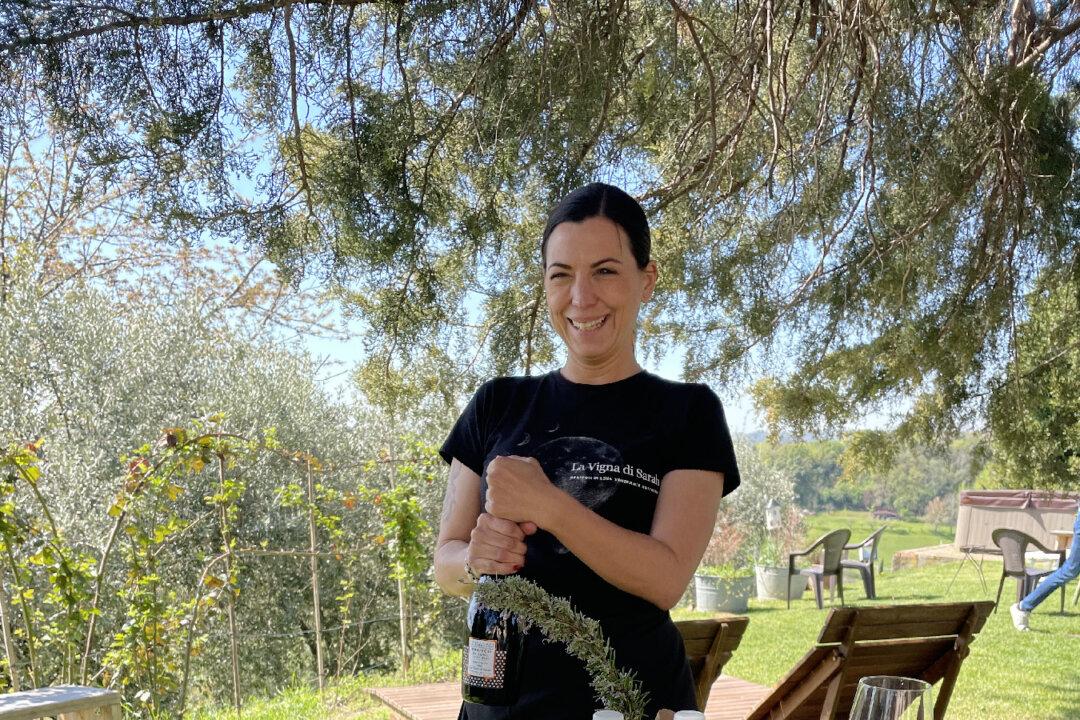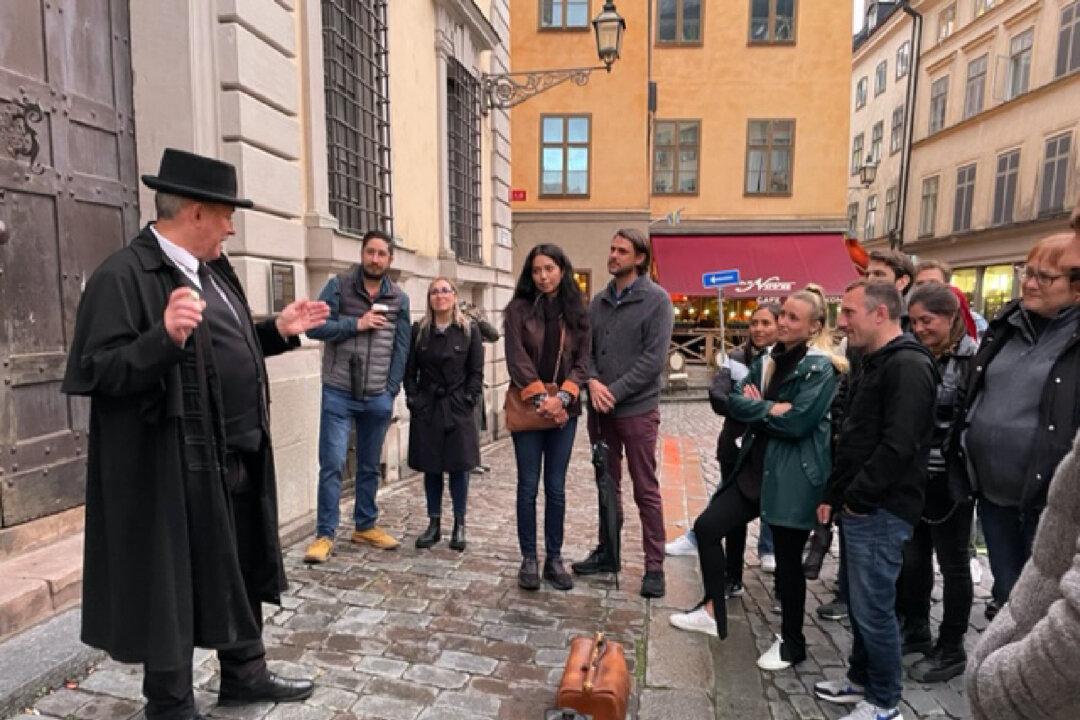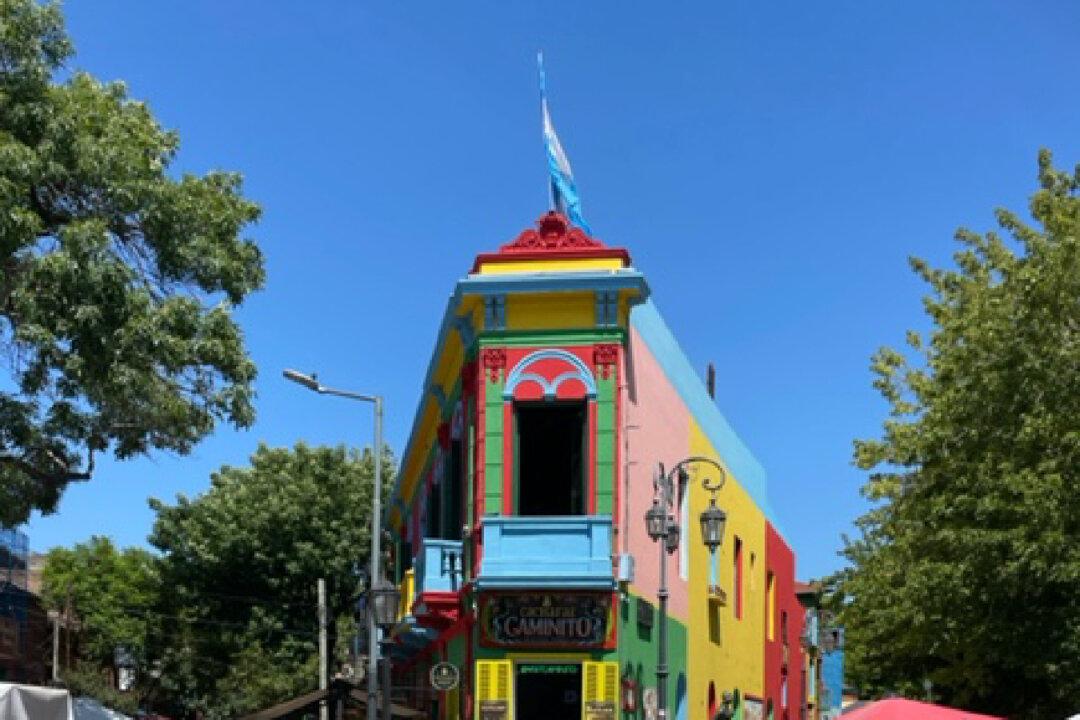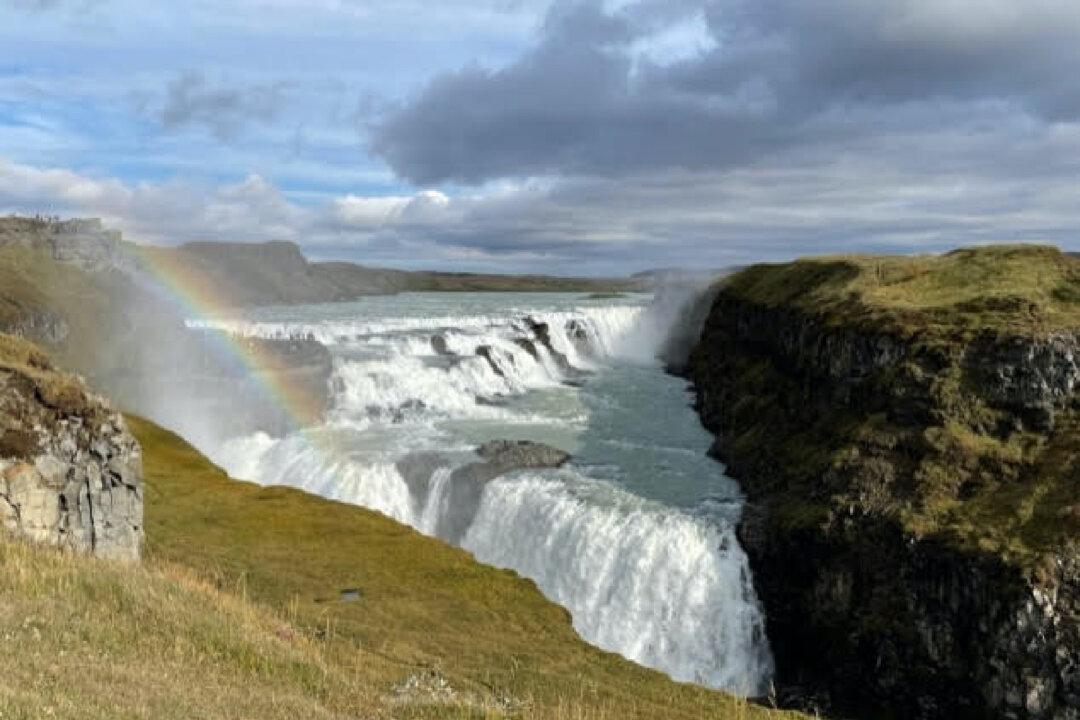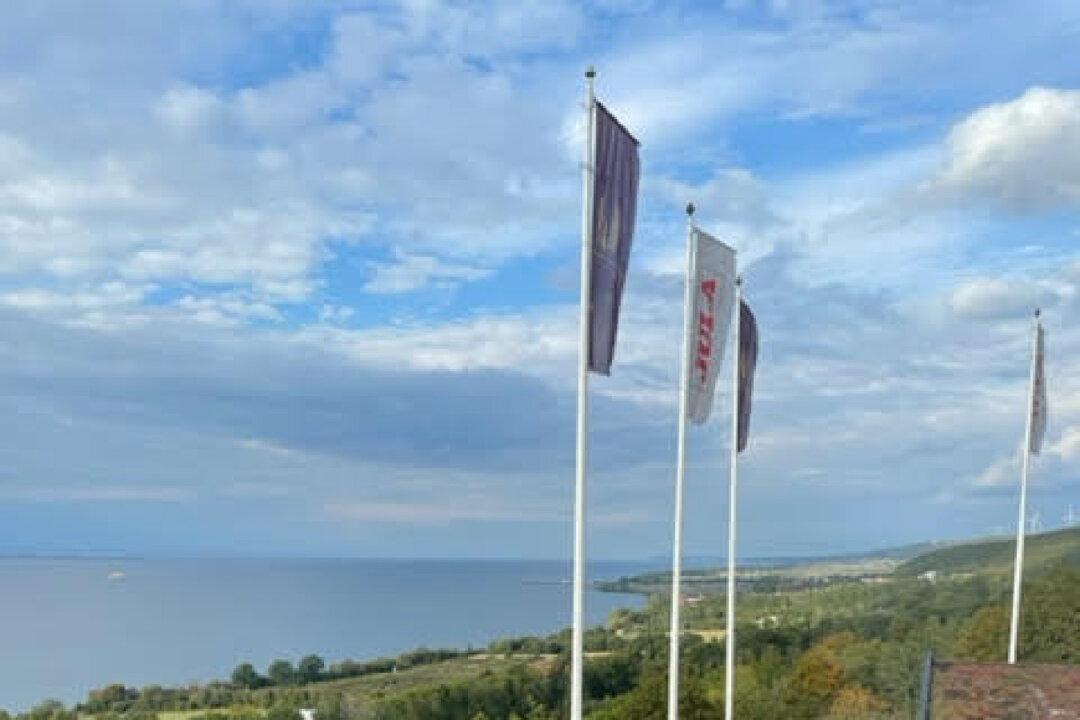After a whirlwind tour of Italy’s most famous cities and sites, my husband and I were ready to have a quiet day away from the bustle of tourists and crowds. So it was that our first day in Venice was spent driving north out of the city with tour guide Riccardo Rossano toward the Dolomites.
“I will tell you all you want to know, but I don’t want to bore you,” Rossano offered on our drive to La Vigna di Sarah.

